I always carry a small notebook to write down any impressions or observations, particularly as they pertain to sensory memories—interesting scents, unusual flavors, striking combinations, or sometimes just memories that I want to retain. There is so much more to exploring scents than just a perfume bottle. It could be something as simple as finding a fragrant bush of dog roses on my way to the office or a delicious new fruit I encounter during my expeditions to the Chinese or Indian shops. As I look back at some of the notes, I find they comprise a diary, tracing my discoveries and new sources of inspiration. The 2010 highlights below come from the notes I have taken over the course of the year. While my travels over the past year have taken me as far as India, New York City provides me with just as many interesting discoveries. It is on this journey that I would like to take you as I look over my 2010 diary notes. Perhaps, it can inspire you as well.
Black Cumin and Red Rice of Bukharian Broadway
The political upheavals in Central Asia following the collapse of the Soviet Union have resulted in the immigration of its Jewish community to the United States. Almost 50 thousand Bukharian Jews, who mostly come from Uzbekistan, live in New York’s Rego Park and Forrest Hills areas. A strip along 108th Street in New York’s Rego Park is called Bukharian Broadway for a reason—it offers an interesting cluster of Bukharian businesses, from stores and butcher shops to bakeries and restaurants. The food of the Bukharian community is vibrant and piquant, inspired by intricate Persian traditions, nomadic rustic simplicity, and the boldness of Chinese flavorings. The black cumin, lamb and star anise of lagman (noodle soup,) the verdant intensity of bakhsh (rice with spinach, coriander and dill cooked in a cotton bag,) and the savory richness of mai birion (fried fish marinated in garlic sauce) are only a few of the interesting dishes one can try. I love the cumin and onion marinated lamb kebabs and flaky samsa (lamb and onion pastries) served at the Tandoori Bukharian Bakery (99-04 63rd Rd). The cumin flavored non toki, a uniquely Bukharian flatbread, should not be missed either. Nagila Market (63-69 108th St) is run by Iranians and offers many unique foods, including Uzbek sundried apricots, Iranian tart dried barberries and the famous Fergana valley devzira, the red rice used in traditional plov.
Continue reading →
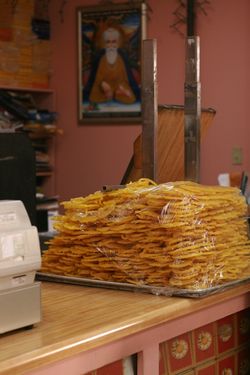
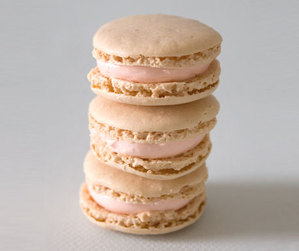
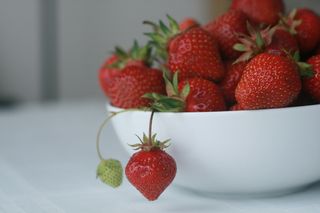















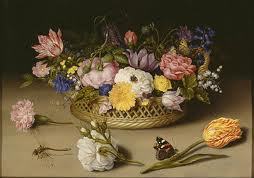
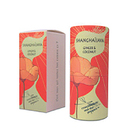
Aurora in Recommend Me a Perfume : April 2024: I don’t think they differ widely in scent, the EDT is punchier and a bit brighter in the top notes and the EDP clings more to the skin and lasts… April 26, 2024 at 2:27pm